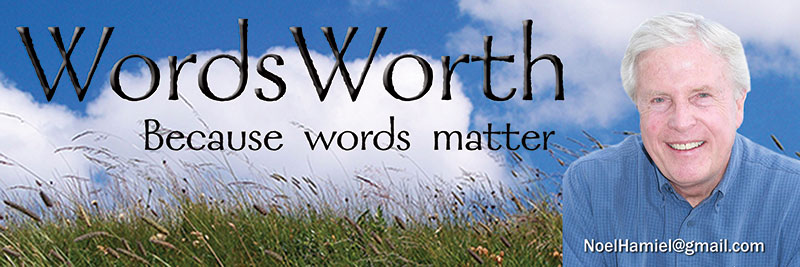Rural crime: America’s rural towns, villages and small communities are suffering a plague of violent crime, drug trafficking and drug abuse. – Encyclopedia of Crime and Justice
Print reporters used to snicker at their television counterparts for leading with crime stories on the 6 and 10 o’clock news.
“If it bleeds, it leads,” or so the saying went for TV news.
That hasn’t changed.
Whether you watch KELO, KSFY or KDLT, if there has been a shooting, a robbery or any other type of violent crime, the story likely will be at the top of the broadcast.
For some time, however, newspaper headlines about crime have become more prevalent in South Dakota.
Some samples:
“Three Spink County residents face felony drug charges”
“Organized retail crime an issue in South Dakota”
“Michell man admits to selling MDMA”
“One dead in Rapid City shooting”
“Former state trooper admits to taking evidence money”
“Residents indicted for distributing meth”
“Suspect in Tyndall assault pleads not guilty”
“Kidnapping suspect pleads guilty”
“Winner man pleads guilty to aggravated eluding”
“Man sentenced for casino robberies”
“Six arrested for burglary, cigarette theft”
These headlines represent only a few days of newspapers that I tend to read.
Is crime becoming more of a problem in South Dakota? According to our governor and law enforcement officials, certain types of crime – primarily methamphetamine use – have become a major concern.
But what about other types of crime? “Crime in South Dakota 2015,” a compilation by the Attorney General’s Office, the Department of Criminal Investigation, and the Criminal Statistical Analysis Center, gives this snapshot:
Murder – 27 in 2015 – was up 35 percent. Rape was up by 11 percent – there were 420 rapes in 2015 compared to 378 in 2014.
Drug offenses increased 22.3 percent, with 6,818 drug arrests in 2015 compared to 5,577 in 2014.
The 2016 report will be issued by early May. Not included are statistics from the state’s Indian reservations, which do not participate in the report.
What’s going on in South Dakota?
I blame the Internet and something I’ll call “coastal creep,” which means all the bad things that take root on the East and West coasts eventually migrate to the Heartland and today, thanks to the Internet, it doesn’t take long.
There are other factors: Declining influence of the church, more broken homes and single family homes, and a changing value system.
South Dakota is the last frontier of traditional values. But as the headlines indicate, our state is changing, too. There’s no point in denying it. The statistics help us to prepare and fight against the trends that are harmful to our children and our society.
March 1, 2017
